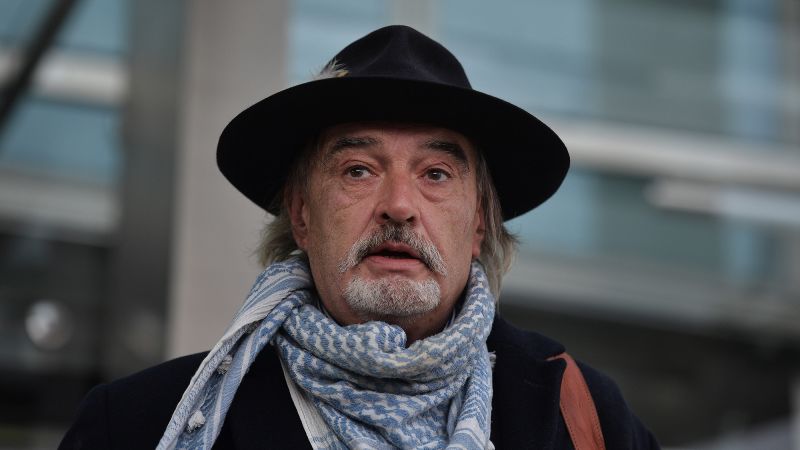In the annals of Ireland’s criminal history, few cases have garnered as much international attention or sparked as much controversy as the investigation into the murder of Sophie Toscan du Plantier. One name is intrinsically linked with this crime, and that name is Ian Bailey. Recently, at the age of 66, Bailey passed away, never having been prosecuted in Ireland for the infamous crime that took place in 1996.
Ian Bailey, an English journalist living in the rural area of West Cork, came into the limelight when he became the prime suspect in the mystery of Sophie’s death. Sophie, a French film producer, was found brutally battered to death outside her holiday home in West Cork a couple of days before Christmas in 1996. Despite the absence of direct evidence linking him to the crime, Bailey, who lived just a few miles away from Sophie’s home, quickly became the focus of the police investigation.
But who exactly was this Englishman in rural Ireland, and how did he become entangled in one of the most controversial murder investigations in Irish history? Before moving to Ireland, Bailey had worked as a journalist in Cheltenham and Gloucestershire. Following his move to West Cork in the early 1990s, he sustained himself through casual labour and selling poetry. Living with his partner, Jules Thomas, Bailey led a relatively anonymous life until the tragic events of late 1996 propelled him into the public eye.
Prior verdicts in this case are what made Ian’s story memorable. Bailey was arrested twice by the Gardaí (Irish Police) but was never charged with the crime due to lack of evidence. Surprising to many, the Gardaí’s evidence against Bailey largely consisted of statements from people who claimed he had confessed to them, alleged admissions made to the police, and some unexplained injuries. However, despite multiple attempts, Irish prosecutors were unable to build a sufficient case against him.
Meanwhile, French authorities pursued their course of action. They opened an investigation based on an interpretation of the law which allows for inquiries into the deaths of French nationals abroad. In contrast to the Irish authorities, the French court found him guilty in absentia in 2019. Frustratingly for those seeking justice for Sophie, extradition attempts to bring Bailey to France were denied by the Irish courts.
Through it all, Bailey maintained his innocence. He accused the Gardaí of corruption, trying to frame him for the crime. His life was marked by erratic behaviour, legal confrontations, and an unwavering insistence on his innocence. This compelled him to become a very public figure, attending protests, performing at poetry readings and even selling his artwork and writings.
Social attitudes towards Bailey were markedly different in Ireland and France. In Ireland, he was seen by many as an eccentric outsider, a suspect who should have been prosecuted years ago but found himself the beneficiary of a flawed investigation. In contrast, in France, he was viewed as a killer who had evaded justice, a symbol of the country’s struggle to bring to account those guilty of harming its citizens abroad.
Despite persistent efforts by both Irish and French authorities, Bailey was never convicted of the murder in Ireland and lived the remainder of his life as a free man. Yet, his story brought to the forefront important issues concerning national jurisdiction, the process of law, and the pursuit of justice in international crime. As he departs, the spectre of these unresolved issues and the stain of Sophie Toscan du Plantier’s unsolved murder remains, sealing a tumultuous chapter in the annals of Irish crime history.




